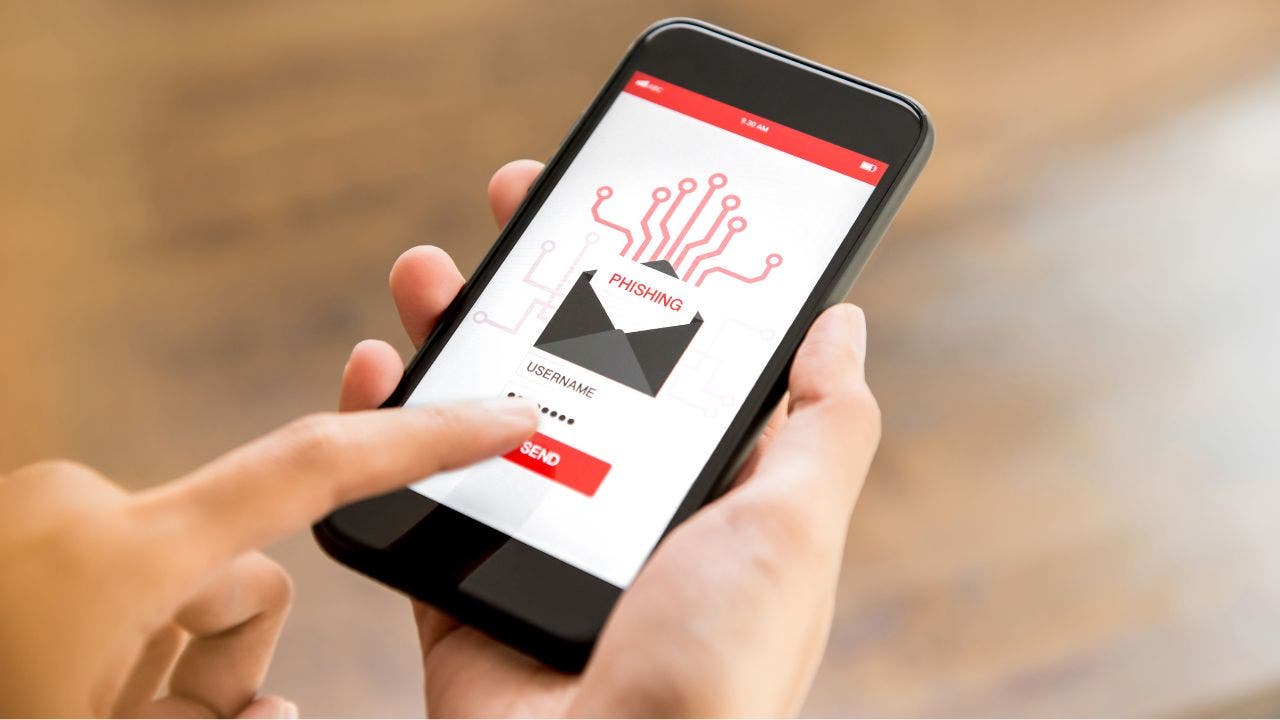Cybercriminals are once again engaging in their malicious activities, this time using a new phishing scam that involves the use of images in email messages. According to a report by the Israeli security firm Check Point Harmony Email, hackers are now sending images riddled with malware to unsuspecting victims. In this article, we will discuss the details of this new technique and provide tips on how to avoid falling victim to these attacks.
Traditionally, phishing emails would contain links that victims are encouraged to click on, leading them to fraudulent websites where they are tricked into giving away their personal information. However, hackers have now started using images instead of links to avoid detection. These images are typically large promotional ones that resemble those found in legitimate emails from well-known retailers like Best Buy or Kohl’s. This makes it harder for victims to recognize the scam immediately. Once the image is clicked on, victims are redirected to phishing sites designed to steal sensitive information.
To entice victims into clicking on the images, scammers use persuasion techniques and offer special perks from big retailers, such as gift cards or loyalty points. They create a sense of urgency, hoping that individuals will act quickly without thinking. Falling for this trap can result in being scammed.
To avoid becoming a victim of these phishing scams, it is important to take precautionary measures when dealing with any email, even if it appears to be from a trusted source. Check the sender’s email address carefully and compare it to the official email address of the company mentioned in the email. If there is a mismatch, it is likely a scam.
Avoid clicking on links, attachments, or images in emails from unknown senders. These can lead to phishing websites or install malware on your devices, giving hackers access to your personal information. It is also essential to remain calm and vigilant, as scammers often try to create a sense of urgency to trick victims. Enable two-factor authentication whenever possible, as an additional layer of security. Finally, make sure to have strong antivirus software installed on your devices to prevent malicious links from being clicked.
In conclusion, cybercriminals are constantly evolving their tactics, and now they are using images instead of links in phishing emails. By being cautious, checking email addresses, refraining from clicking on suspicious links or attachments, and staying calm, individuals can protect themselves from falling victim to these scams and safeguard their personal information. It is crucial for big retailers to take steps to prevent scammers from impersonating them in phishing attacks, and we encourage readers to share their thoughts and suggestions on this matter. To stay updated on the latest security alerts, subscribe to the free CyberGuy Report Newsletter.
© 2023 CyberGuy.com. All rights reserved. Kurt “CyberGuy” Knutsson is an esteemed tech journalist known for his contributions on Fox News & FOX Business. For tech-related inquiries or to share your opinions, story ideas, or comments, visit CyberGuy.com.
Denial of responsibility! VigourTimes is an automatic aggregator of Global media. In each content, the hyperlink to the primary source is specified. All trademarks belong to their rightful owners, and all materials to their authors. For any complaint, please reach us at – [email protected]. We will take necessary action within 24 hours.


